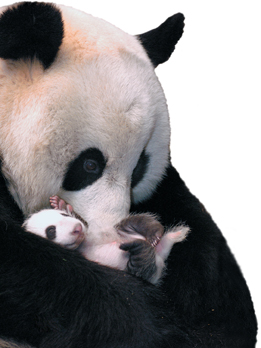
FIGURE 28–20 Amphibian Metamorphosis Amphibians typically begin their lives in the water and metamorphose into adults that live on land. Frog tadpoles, such as the one in the photo, start out with flippers, gills, and a tail and mature into adults that have legs, lungs, and no tail.
Control of metamorphosis in arthropods is accomplished by hormones. Recall that hormones are chemicals produced in one organ of an organism that affect that organism's other tissues and organs. In insects that undergo complete metamorphosis, high levels of a juvenile hormone keep an insect in its larval form. As the insect matures, its production of juvenile hormone decreases. Eventually, the concentration of juvenile hormone drops below a certain threshold. The next time the insect molts, it becomes a pupa. When no juvenile hormone is produced, the insect undergoes a pupa-to-adult molt.
▸ Amphibians Amphibians typically undergo metamorphosis that is controlled by hormones. This metamorphosis changes amphibians from aquatic young into terrestrial adults. Tadpoles, such as the one in Figure 28–20, are one type of amphibian larvae.
 In Your Notebook What chemicals control metamorphosis in arthropods and amphibians?
In Your Notebook What chemicals control metamorphosis in arthropods and amphibians?
Care of Offspring Animals' care of their offspring varies from no care at all to years of nurturing. Most aquatic invertebrates and many fishes and amphibians release large numbers of eggs that they completely ignore. This reproductive strategy succeeds in circumstances favoring populations that disperse and grow rapidly.

FIGURE 28–21 Care of Offspring Long-term, intensive care of offspring is a characteristic of mammals, such as the mother panda in the photo. A wild panda cub will stay with its mother for up to 18 months while she protects it and teaches it how to be a panda.
But other animals care for their offspring. Some amphibians incubate young in their mouth, on their back, or even in their stomach! Birds and mammals generally care for their young. Maternal care is an important mammalian characteristic, and the bond between mother and young is often very close, as the pandas in Figure 28–21 demonstrate. Males of many species also help care for young. Parental care helps young survive in crowded, competitive environments. Typically, species that provide intensive or long-term parental care give birth to fewer young than do species that offer no parental care.
Reproductive Diversity in Chordates
 How are terrestrial vertebrates adapted to reproduction on land?
How are terrestrial vertebrates adapted to reproduction on land?
Chordates first evolved in water, so early chordate reproduction was suited to aquatic life. The eggs of most modern fishes and amphibians still need to develop in water, or at least in very moist places. As some vertebrate lineages left the water to live on land, they evolved a number of new reproductive strategies. These strategies now enable the fertilized eggs of many terrestrial chordates to develop somewhere other than in a body of water.
Table of Contents
- Formulas and Equations
- Applying Formulas and Equations
- Mean, Median, and Mode
- Estimation
- Using Measurements in Calculations
- Effects of Measurement Errors
- Accuracy
- Precision
- Comparing Accuracy and Precision
- Significant Figures
- Calculating With Significant Figures
- Scientific Notation
- Calculating With Scientific Notation
- Dimensional Analysis
- Applying Dimensional Analysis




